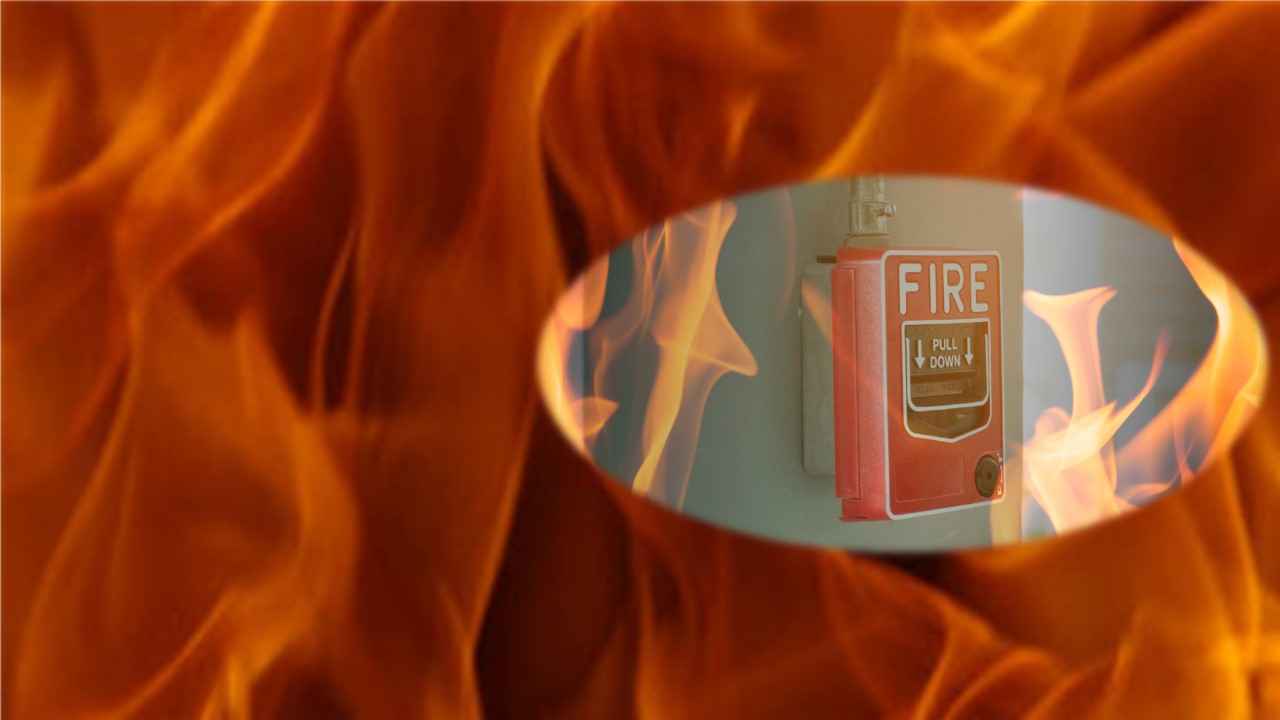International Fire Safety Regulations for High-Rise Buildings
- By
- Pooja |
- December 26, 2023 |
- Civil Engineering, Risk and Safety, Building/ Structure Engineering,

Table of Contents
Importance of Fire Safety in High-Rise Buildings
National Fire Protection Association (NFPA) Standards
European Union Building Regulations
United Kingdom Building Regulations
United Arab Emirates Fire and Life Safety Code
Firefighter Access and Training
Continuous Improvement and Lessons Learned
High-rise buildings have become iconic features of modern cities worldwide, serving as symbols of progress and architectural achievement. However, with their increased height and complexity, high-rise structures pose unique challenges, particularly when it comes to fire safety. International fire safety regulations play a crucial role in ensuring that these towering structures are safe for occupants and emergency responders. In this blog, we will explore the essential international fire safety regulations governing high-rise buildings.
Importance of Fire Safety in High-Rise Buildings
Fire safety in high-rise buildings is of paramount importance due to the potential for rapid fire spread, the limited means of escape, and the challenges faced by firefighters. In these tall structures, quick and effective fire prevention, detection, and response measures are vital to protect lives and property.
International Building Codes
The International Building Code (IBC) is a widely recognized set of regulations that serves as a model for building codes in many countries. It includes provisions related to fire safety in high-rise buildings, such as requirements for fire-resistant construction materials, the design of fire-rated walls and barriers, and the installation of fire alarm systems. The IBC also addresses occupant evacuation and fire department access in high-rises.
National Fire Protection Association (NFPA) Standards
The NFPA is a prominent organization responsible for developing fire safety standards used worldwide. NFPA 101, the Life Safety Code, includes provisions specific to high-rise buildings. It covers essential aspects like fire alarms, sprinkler systems, fire-rated construction, and means of egress. NFPA 101 is widely adopted in the United States and serves as a reference for many other countries.
European Union Building Regulations
In Europe, high-rise buildings are subject to fire safety regulations defined by the European Union (EU). These regulations emphasize the importance of fire-resistant construction materials, fire detection and alarm systems, and evacuation planning. The EU also has specific guidelines for the fire safety of tall buildings, which member states must incorporate into their national building codes.
Read More:
- Why Safety in Construction is Important?
-
Construction Machinery for Mega Building Construction Project
United Kingdom Building Regulations
The United Kingdom has a robust set of building regulations, including those addressing fire safety in high-rise buildings. The Grenfell Tower tragedy in 2017 underscored the need for stringent fire safety regulations. The UK has since introduced reforms, including stricter rules for cladding materials, improved evacuation procedures, and more comprehensive fire safety assessments for high-rises.
United Arab Emirates Fire and Life Safety Code
In the United Arab Emirates (UAE), where high-rise buildings are common, the Fire and Life Safety Code provides comprehensive guidance on fire safety measures. It covers fire-resistant materials, fire detection and suppression systems, emergency evacuation procedures, and the training of building staff and emergency responders. The UAE has made significant efforts to ensure the safety of its tall structures.
Evacuation Strategies
One of the most critical aspects of fire safety in high-rise buildings is the development of effective evacuation strategies. These strategies must consider the size and layout of the building, the number of occupants, and the availability of escape routes. Evacuation plans may involve stairwell design, elevators for emergency use, refuge areas, and communication systems to guide occupants to safety.
Fire Suppression Systems
High-rise buildings often incorporate advanced fire suppression systems, such as automatic sprinklers and fire-resistant compartmentalization. These systems are designed to contain and extinguish fires, limiting their spread and providing time for evacuation or firefighter intervention. Regular maintenance and testing of these systems are critical to their effectiveness.
Firefighter Access and Training
Firefighters face unique challenges when responding to fires in high-rise buildings. Ensuring quick access to the affected floors, having the necessary equipment and training, and coordinating efforts with building staff are all crucial aspects of fire safety. High-rise buildings may also have fire command centers to facilitate communication between firefighters and building management during emergencies.
Continuous Improvement and Lessons Learned
Fire safety regulations for high-rise buildings are not static; they evolve based on lessons learned from past incidents and advancements in technology and construction materials. Regular reviews, updates, and international collaboration among experts and organizations contribute to safer high-rise buildings around the world.
In conclusion, international fire safety regulations for high-rise buildings are instrumental in ensuring the safety of occupants and emergency responders in these complex structures. With urbanization trends leading to more tall buildings in cities around the world, the commitment to stringent and evolving regulations remains critical to maintaining the balance between architectural progress and fire safety.
Please feel free to like, share and comment.
Admin, gcelab.com Please see our Pillar Post to know why we founded gcelab.com.
Read More:

Pooja
Founder at gcelab.com, Pooja is an Entrepreneur unlocking human potential. Working in the Principles of Lean Start-up, Pooja believes in Transparency and User Happiness the most. Pooja’s background in teaching gives her a sophisticated grasp on even the most tedious aspect of course building. She is passionate about people who believe that good is not enough.


